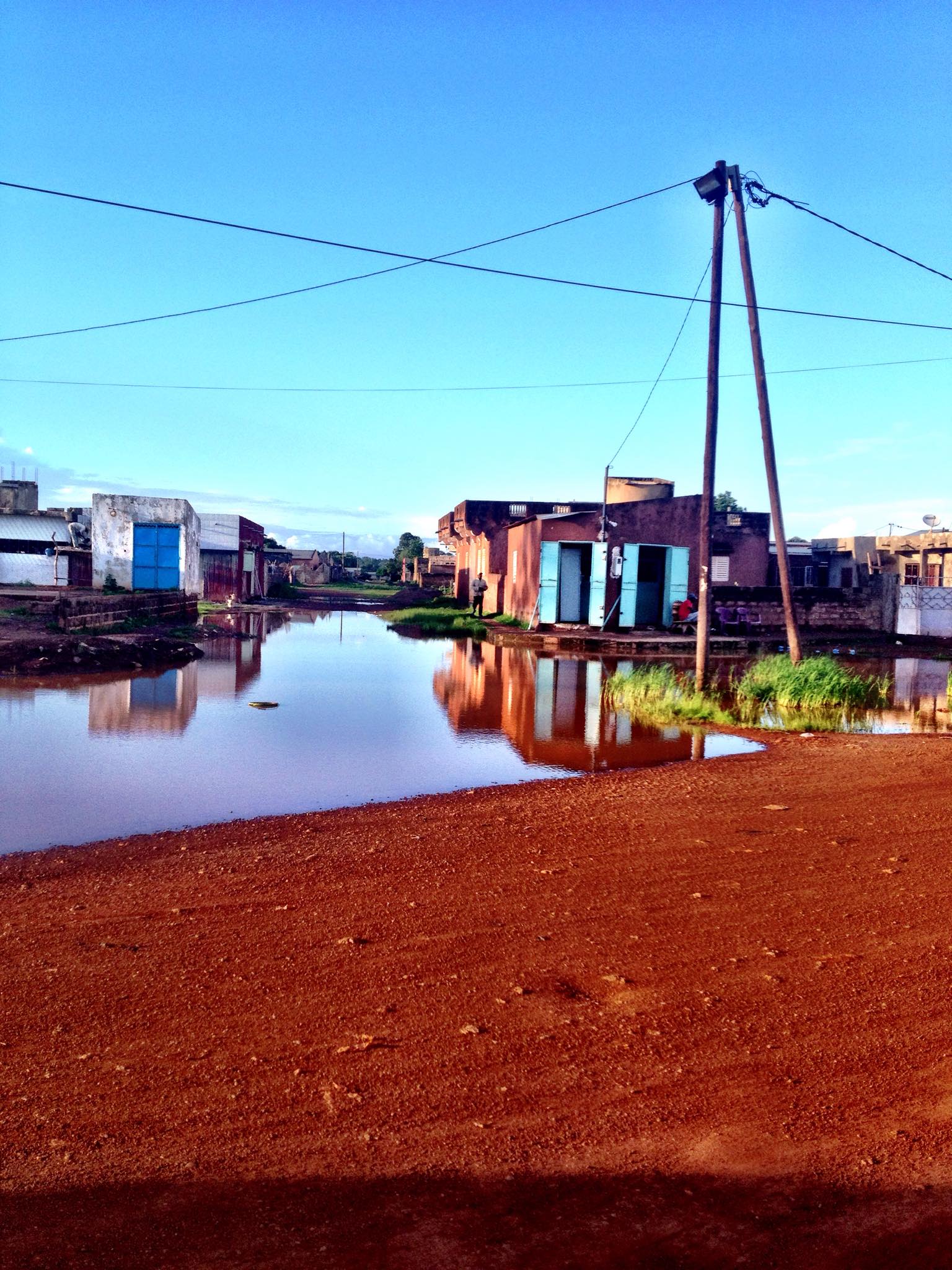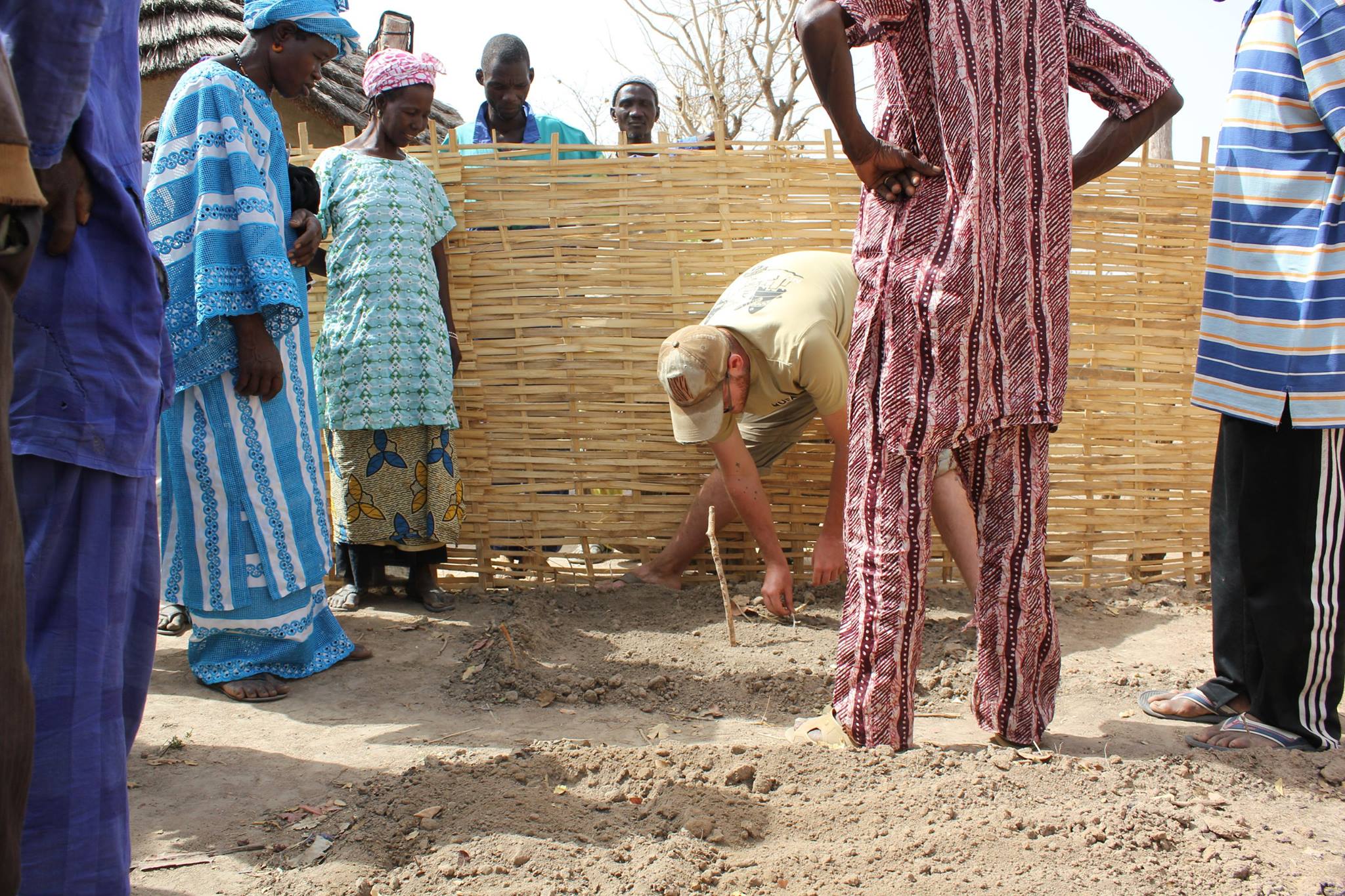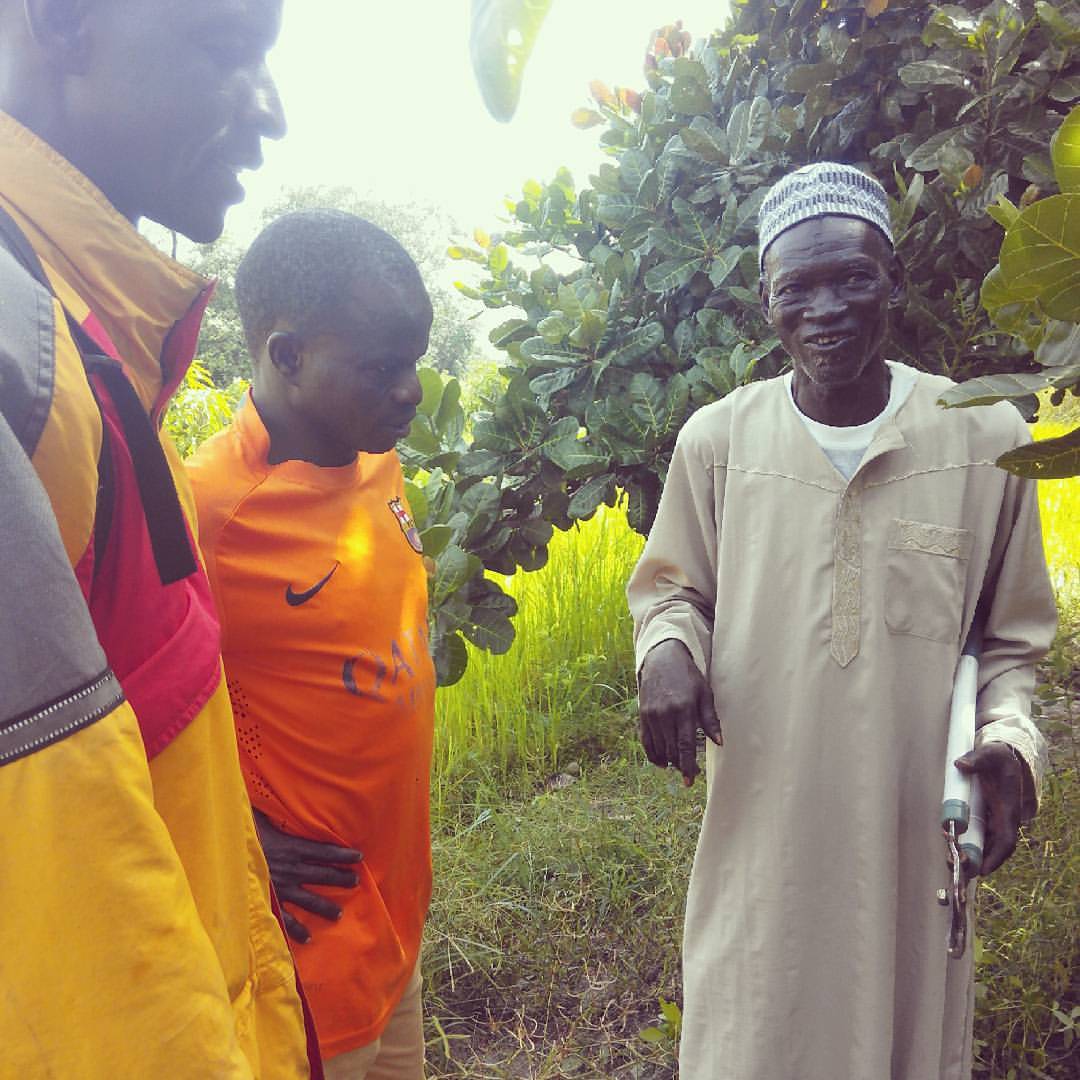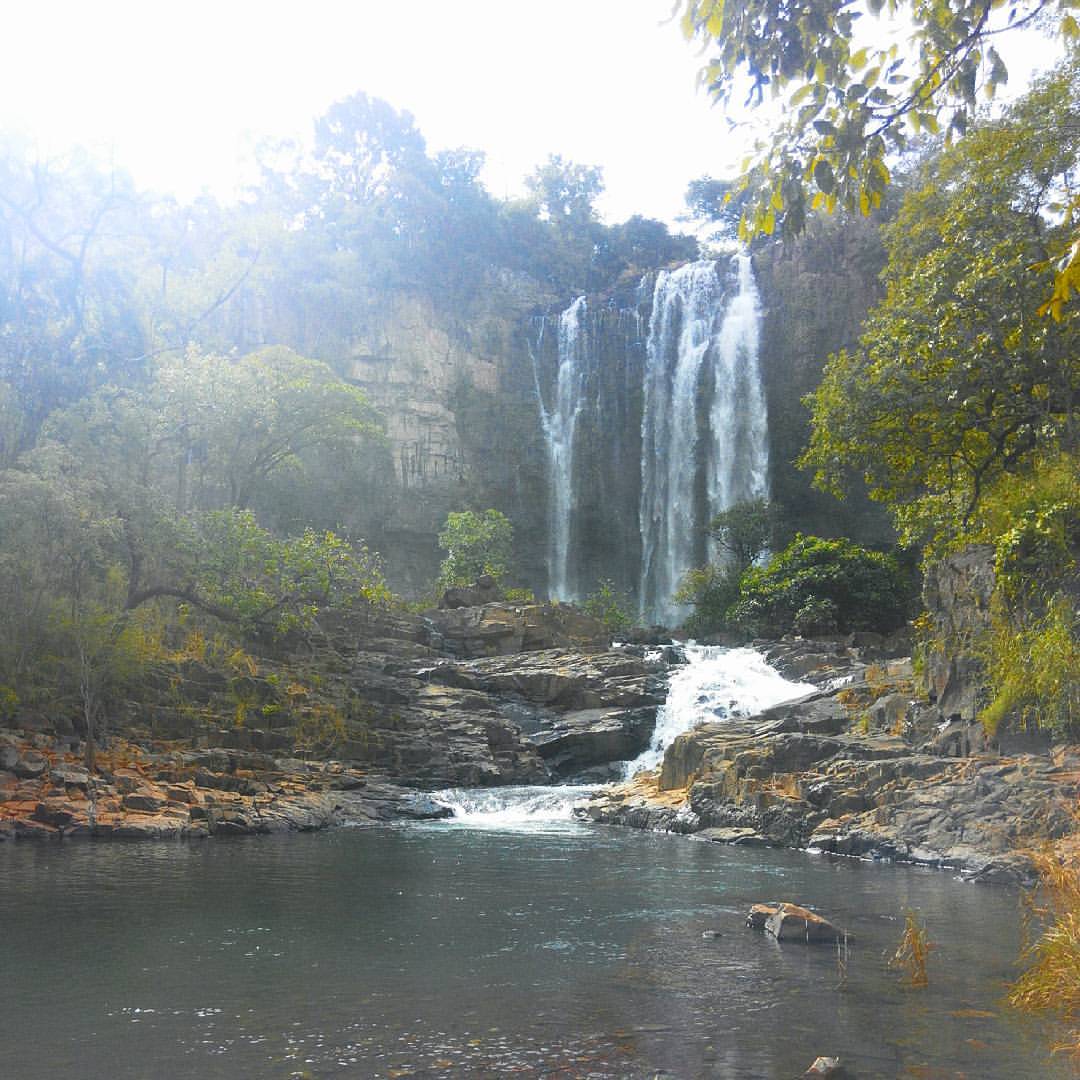Volunteering in Senegal
This Storymap is meant to give a brief overview of Senegal and my time spent there as a Peace Corps Volunteer.
Video credit: cnn.com
Welcome to Senegal!
Senegal is a country in West Africa, and is the furthest West of any country on the continent.
I, along with 58 other Americans, served as a Peace Corps Volunteer for two years (2014-2016) in Senegal as a Sustainable Agriculture Agent. My primary job was to work with farmers and teach them techniques to help improve their crop yields
While I worked as a PCV, I learned a local language called Malinké and learned Senegalese customs and culture.

Senegal is composed of 14 regions
These regions are outlined in green. They vary in economic development, although the primary industry in the country is agriculture, particularly peanut farming.
Generally, the western portion of the country is more developed, as indicated by the electrical grid (in red).
Senegal's northern border is the Senegal river, with Mauritania to the north.
To the south is Guinea-Bissau and Guinea. Mali lies to the east. The Gambia is the river/country that runs inside of Senegal

This region is Kedougou, the region I called home.
Kedougou is the most impoverished region in Senegal, and also the hardest to reach. It is also the most beautiful, wettest, and funnest place to be.
Kedougou means "Land of Men." As of the 2013 census, it had a population of roughly 150,000 people.
The most prevalent ethnic group in Kedougou is the Pulafuta, a traditional herder/farmer group. I lived and worked with the Malinké, who do not herd and focus more on farming.
As you can see from the electrical grid, Kedougou is (relatively) undeveloped.

Fode Binea
Fode Binea was the village I lived in while I was in Kedougou.
A home to only 170 people, I quickly knew everyone and was known by everyone
Because it is so small and so far from other major town centers, people in Binea rely primarily on subsistence agriculture.
In Binea, we mainly farmed corn, rice, peanuts, and a native African grass called fonio.
My job in Binea was to teach my farmers techniques to improve their crop yields, to learn how to save seed until next season, to deal with pests, and to try farming new crops, like beans.
The work was hard and brutal in 100+ degree heat and 90% humidity, but I loved it all the same.

Faraba
Faraba, the village 3 kilometers north of Fode Binea, was another place I spent a lot of time learning and working.
Faraba means "Large fertile wetland" in Malinké -- it's a great place to grow rice and the people of Faraba grew plenty (though you can't tell from this satellite photo, taken in the dry season).
Dembo Tigana, pictured here, was one of my best work partners. He is the Master Farmer in Faraba -- in exchange for funding from the Peace Corps, he demonstrates the techniques we extend in his one hectare parcel of land. In this parcel we held semi-annual "Open Field Days," where farmers in the area would come to learn and network. Dembo led all of the trainings and is one of the kindest, most helpful people I've ever met.

Ingli
It wasn't all work though -- we explored and saw amazing places, too.
When we needed to get away from it all, volunteers would once or twice a year take a 20km bike ride and another 10km hike into the bush to reach Ingli, a waterfall on the border of Senegal and Guinea.
Ingli is a magical place, and one of my favorites to visit. Incredibly remote, the only people who knew about it were local villagers and Peace Corps Volunteers -- please help us keep it a secret and don't tell anyone!
